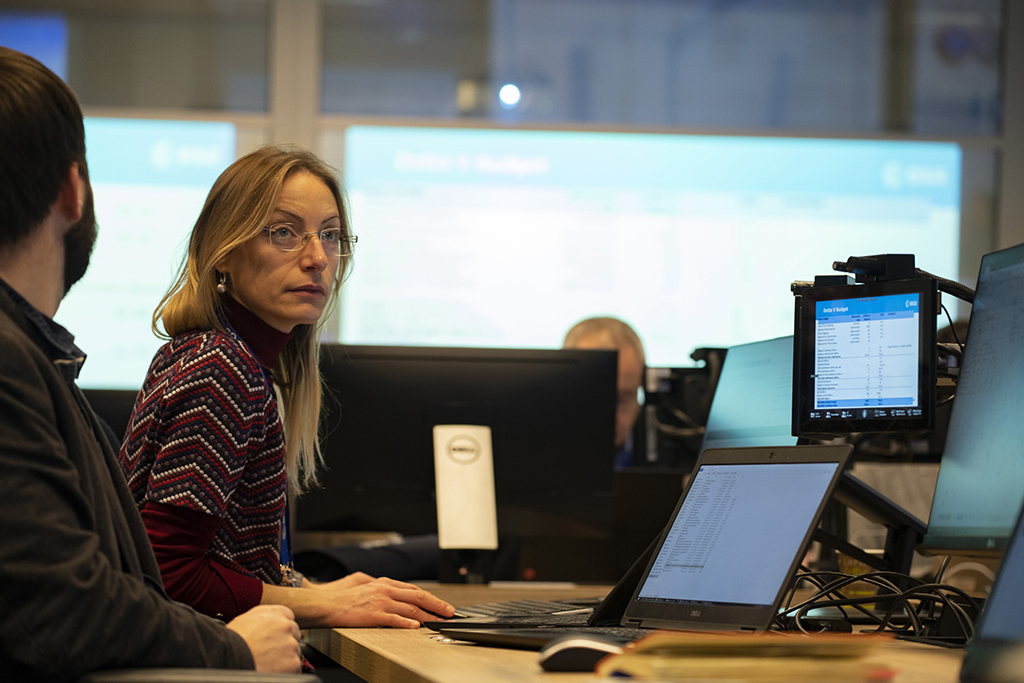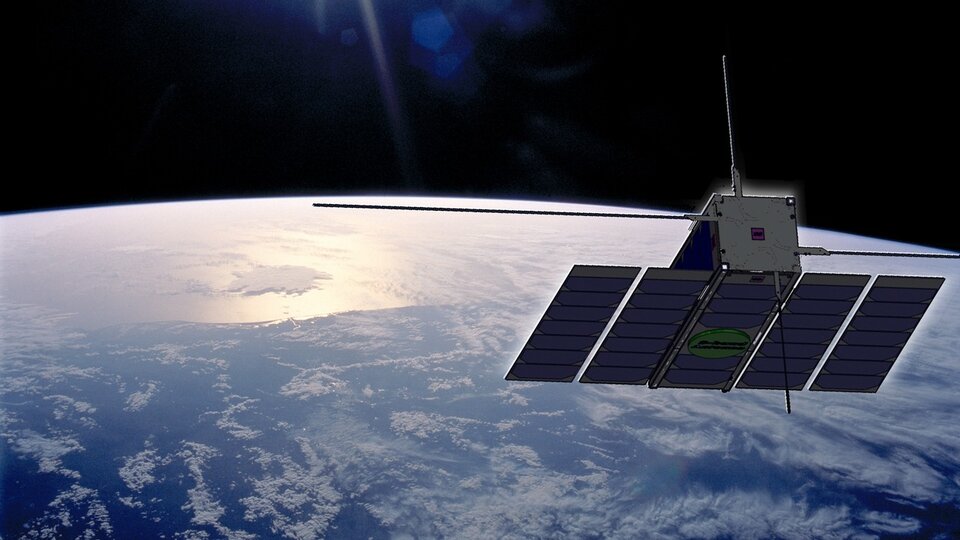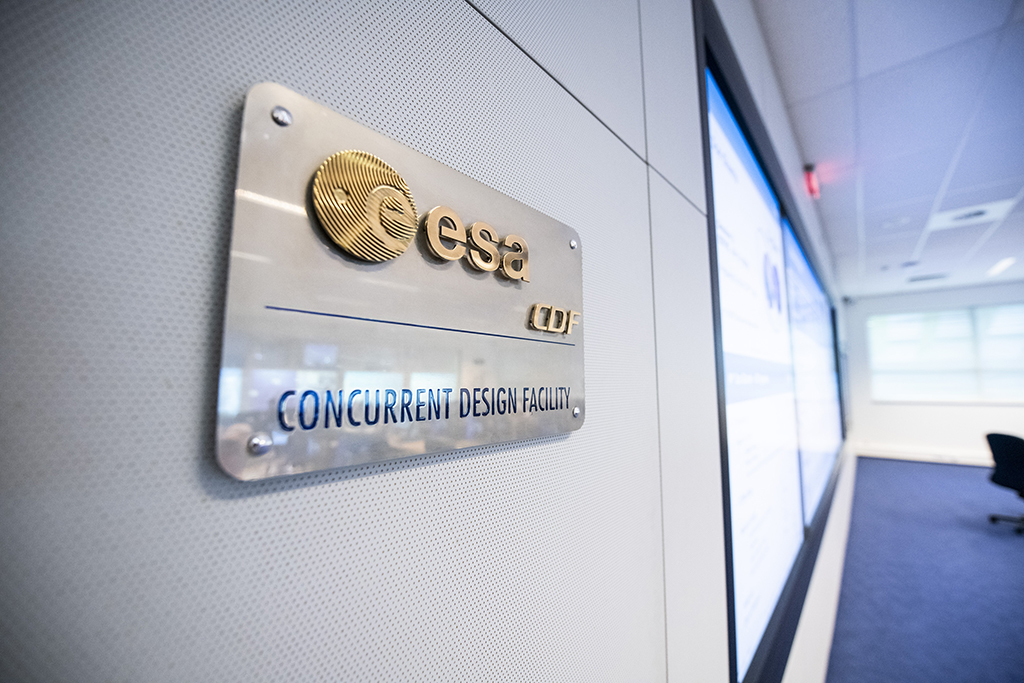COMET upgrade for ESA’s mission design centre
ESA has a new tool for designing space missions.
The Agency’s Concurrent Design Facility – bringing together different experts for the rapid creation and evaluation of virtual spacecraft designs – has adopted an advanced software tool, COMET, which will help extend the use of digital models into further mission development phases. Its open source nature means it is freely available beyond ESA Member States, facilitating international cooperation with wider space agencies, research institutions or companies.
With networked consoles arranged around a main screen, the Concurrent Design Facility, CDF – based at the European Space Research and Technology Centre, ESTEC, at Noordwijk in the Netherlands – resembles a spacecraft mission control room – but rather than overseeing missions it is actually set up to design them. Differing subsystem teams gather here to creating new mission blueprints on a ‘concurrent’ basis – meaning they all work together to shape a shared spacecraft model that updates immediately as changes are made, speeding up design times from a matter of months to a few weeks.
In more than two decades of operation the CDF has performed more than 300 studies to date, their subjects ranging from CubeSats to Moon bases, space telescopes to systems of systems, even audacious probes to the outer planets – along with the very first iterations of numerous ESA missions that have gone on to fly, such as the Sun-observing Solar Orbiter or ESA’s flying software lab, OPS-SAT. “Our previous software, the Open Concurrent Design Tool, has been in use for the last eight years, and applied in more than 150 studies,” explains Ilaria Roma, heading the CDF. “Now we have adopted a brand new replacement, the Concurrent Model-based Engineering Tool, COMET, developed for us by RHEA Group through ESA’s General Support Technology Programme.

“This new software provides a much better-performing and more contemporary user interface experience, and adds a new dimension to report generation, including mass and power budgets for the missions being designed. At the same time COMET is fully backward compatible with our previous software tool, so all existing models can bereused as needed.”
Ilaria Roma, Head of the CDF
The CDF’s transition to COMET began last August, and at the start of this year it became the baseline for all future studies. This software upgrade has wider implications beyond the facility itself, because the CDF has inspired the creation of more than 50 concurrent engineering site across Europe, for both space and non-space applications. So COMET was announced a year ago to the European concurrent engineering community, with a user group created to facilitate its adoption. Almost all the software produced for the project are freely available in open source, for more information go to the website.
The adoption of COMET also serves one of the top priorities of ESA’s Agenda 2025 – Director Gene ral Josef Aschbacher’s vision of transforming the Agency over the next half decade – which includes the goal of moving to ‘Model Based System Engineering’ throughout all phases of mission development, swapping traditional design specifications and blueprints for ‘digital twins’ of the spacecraft being worked on, allowing full ‘digital continuity’ with ESA’s industrial partners.

“An associated Digital Engineering Hub Pathfinder project with the COMET development has delivered domain specific tool adaptors to integrate a variety of Model Based System Engineering solutions into a unified engineering environment centred around COMET.”
Marcel Verhoef, ESA Systems Engineer
“What this enables in plainlanguage is facilitating the use of spacecraft digital twins beyond solely the design phase to the assembly, integration and test phases of development – ultimately allowing them proceed smoother and faster, allowing early identification of anomalies, letting detailed simulations take the place of costly physical testing, along with the harvesting of data throughout the production cycle to feed back into follow-on design phases.
“Accordingly, COMET is fully compliant with the ECSS-E-TM-10-25 technical memorandum of the European Cooperation for Space Standardization, which is a commonly agreed rulebook for mode l based data exchange in the early phases of engineering design.”





